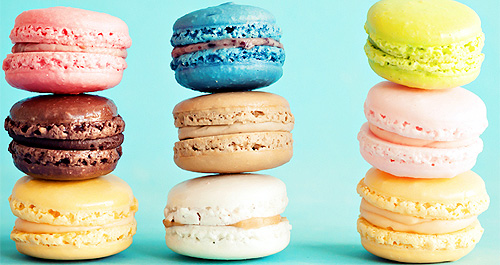Legendary French Cuisine: What Makes It So Gorgeous?
Category : Food Stories, Party Ideas, Recipes, Press Room |
Posted : Jul 7, 2016
Although there does not need to be any special occasion to share our best impressions about French gastronomy and everything it has given to us, nowadays this nation of real gourmets is preparing to celebrate a big holiday. And we decided that it could be a nice reason to discover something utterly delicious about them.
Thirteen years and ten days after the Declaration of Independence was signed in Washington (July 4th, 1776), on the opposite shore of the Atlantic Ocean, in Paris the French people stormed the Bastille, one of the most terrible prisons and largest ammunition depots at that time. July 14th, 1789, became the day when the French protested against infringement of their human rights by the monarchy and stood up for Liberty, Equality and Brotherhood. This day has become a great French national holiday, known as La Fête Nationale which means the National Celebration. To commemorate the events, it is also called Bastille Day.

So do not hurry to put away your red-blue-and-white bows, stripes and paints. There is a fine opportunity to add something different and themed to your leisure time. Find your favorite chansons or a good old French comedy to create a light and elegant atmosphere, and enjoy the exquisite deliciousness of French culinary masterpieces.
Indeed, France can be proud of its gastronomic inventions. By the way, if some time you decide to spend another evening at your favorite restaurant or bar, note that the names for both these food establishments, as well as for many others all around the world, were actually given by the French. Traditional French cuisine is what can be talked over and over for an especially long or rather an infinitely long time. Even if you still did not have a chance to try some really French treat, you certainly know foie gras, brie cheese and Sauvignon Blanc wine, just to name a few.
Nevertheless, the proof of the French crêpes is in the eating. Let us see what is so gorgeous about cuisine française and what it can offer to the most discerning connoisseurs.
Foie Gras & Deli Meats
- Foie Gras (pronounced as fwa-gra) is a sumptuous French specialty, favored by gourmets worldwide. Literally translated as “fatty liver”, the name of the dish speaks for itself. It is made with the liver of geese or ducks of particular species. With its elegant delicate meaty taste and smooth texture it will turn your every meal into something heavenly and absolutely unforgettable. Today you can also find a delectable foie gras mousse or pate which is also an outstanding gastronomic highlight.
- Duck legs confit is another perfect example of French culinary inventiveness. The confit technique implies rubbing duck legs with salt and sometimes herbs, and cooking them in duck fat. In old times it was a good way to store various meat products. Tenderness of the cooked meat and crispiness of duck skin, paired with roasted potatoes and garlic, will not leave you cold.
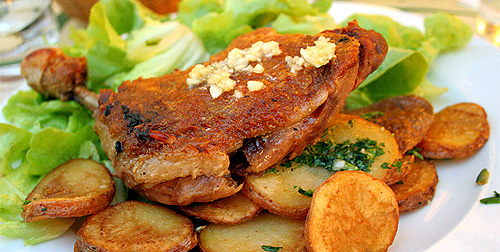
French Cheeses & French Butter
About 400 different types of cheese are grouped in the so called “eight families”. This sounds quite impressive, and is likely to be the world’s record! France has created so many cheeses with so different qualities that everybody can find his or her favorite combination of textures and flavor profiles, and enjoy the sublime epitomes of French cheesemaking tradition. Brie and Camembert cheese, Emmental cheese and Mimolette cheese, as well as a vast variety of blue cheeses and chèvres (or goat cheeses) make up just a small part of this huge gastronomic treasure. By the way, l'assortment de fromages (the cheese assortment), which should include at least three different cheeses, is served as a separate course, usually at the end of the wholesome meal.
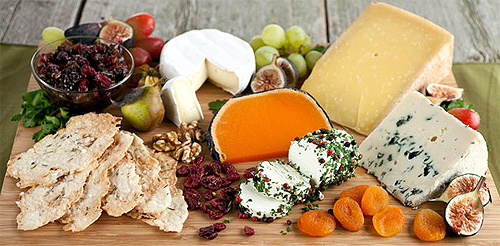
Here are a few tips for making a beautiful plateau de fromage.
- Choose 3 to 5 different cheeses, from creamy and mellow to really assertive and tangy ones. It is also better to take cheeses made from different types of milk. The combinations Brie-Chevrot-Cantalet or Camembert-Boucherondin-Roquefort are simply perfect.
- Pair the cheeses with fresh or dried fruit and berries, almonds, and, of course, your favorite crackers or toasts.
- Do not forget to put a small jar of original French jam or lavender honey not far from the platter.
Normandy butter is an irreplaceable element in many French-style dishes. Whether it is slathered on a crunchy warm slice of baguette or added to pastry, you can taste its natural delicate creaminess and enjoy its wonderful versatility.
So French Hors D’oeuvres
- Escargots or cooked edible snails are among those extravagant specialties France is so famous for. Traditionally served with a butter or garlic sauce they turn into a splendid entrée, which is definitely worth trying, at least once in your life.
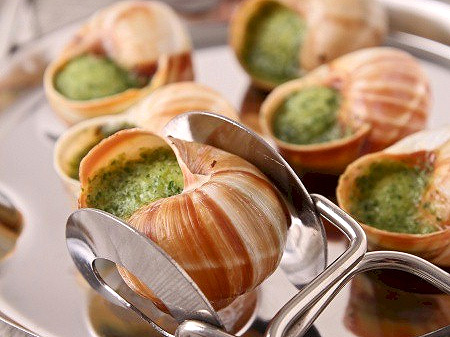
- Oysters are also a fine gourmet choice to add a delectable sea tang to the meal. It is actually not recommended to season them with anything in order to keep their pristine flavors. But a tiny bit of garlic or ginger, star anise, or thyme, or parsley may highlight their natural fresh savor.
Exquisite & Flavorful Condiments
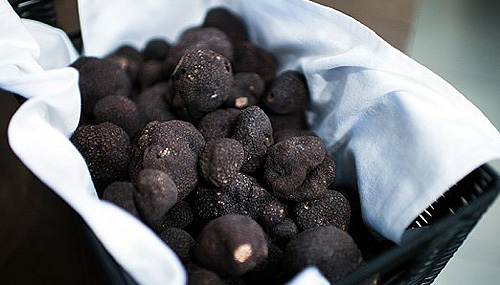
- The soils of France are fertile enough for growing diamonds. Such a high-sounding definition was given to truffles by a famous French gastronome, J.A. Brillat-Savarin. These unremarkable blackish and grayish mushrooms are lavishly packed with the whole set of heavenly flavors, and surprise with their culinary versatility. They are also used to produce truffle butter, truffle oil and vinegar, truffle honey, and some other excellent condiments. Nowadays truffles are considered the world’s most expensive delicacy.
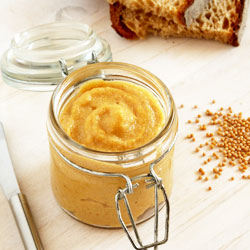
- Taking its roots from the Middle Ages, French mustard is a must-have at any dinner, especially when it comes to piquant sauces or traditional French casseroles and meat dishes.
Sweet Dainties
There is no wonder that a few years ago the UNESCO added French cuisine to the list of the world’s “intangible cultural heritage”. This fact should go without saying when French traditional desserts and pastry have become the country’s delicious symbols, favored and imitated almost everywhere outside France.
- Little macarons are fine meringue guys, able to cheer you up and make your day brighter with their colors and tasty fillings whatever happens.
- Chocolate fondant is also one of the most global types of delectable and versatile confectionery, originating from gourmet France.
- Finally, what can be a better pair for a morning cup of coffee than fresh croissants or crêpes, accompanied by some strawberry preserve.
